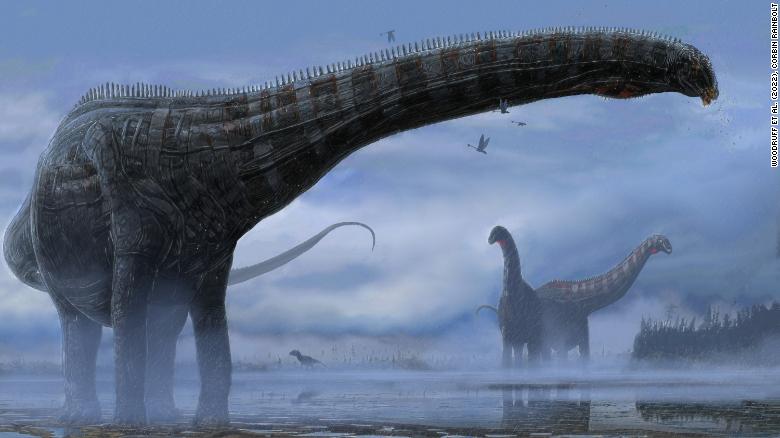MI weekly selection #455

Ryugu sample reveals asteroid’s inner secrets
Samples returned from the Ryugu asteroid by the Hayabusa2 spacecraft are yielding information about materials found just beneath the object’s surface. “The variations in physical properties among the pebbles and sand, which were not expected before spacecraft arrival at the asteroid, reflect the geological history of Ryugu,” scientists wrote.
Fossils hint at dinosaur’s respiratory illness
Fossils belonging to a long-necked dinosaur that lived roughly 150 million years ago show evidence that the diplodocid was sick with a respiratory infection. CT scans revealed the herbivore had strange bony growths likely due to an air-sac infection, the first time such an infection has ever been detected in dinosaurs.
Nuclear fusion race takes giant leap forward
A fusion energy experiment conducted by European scientists at the Joint European Torus facility produced 59 megajoules of sustained energy over five seconds, surpassing a previous record of 22 megajoules achieved there in 1997. “If we can maintain fusion for five seconds, we can do it for five minutes and then five hours as we scale up our operations in future machines,” said Tony Donne of EUROfusion, the group behind the research.
Secret to starfish’s strength discovered
The structure of a starfish’s skeleton gives the creature its strength. The skeleton is made up of tiny calcite ossicles filled with holes in a configuration reminiscent of mesh, much the same way carbon atoms are positioned in diamonds.
Pictures show Venus in new light
The Parker Solar Probe has captured images of Venus in visible light, the first time the planet has been seen this way. The new images, when combined with previous ones, will provide more wavelengths to examine, possibly helping learn about the planet’s surface minerals.